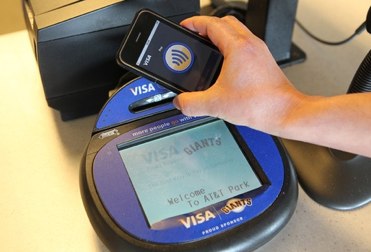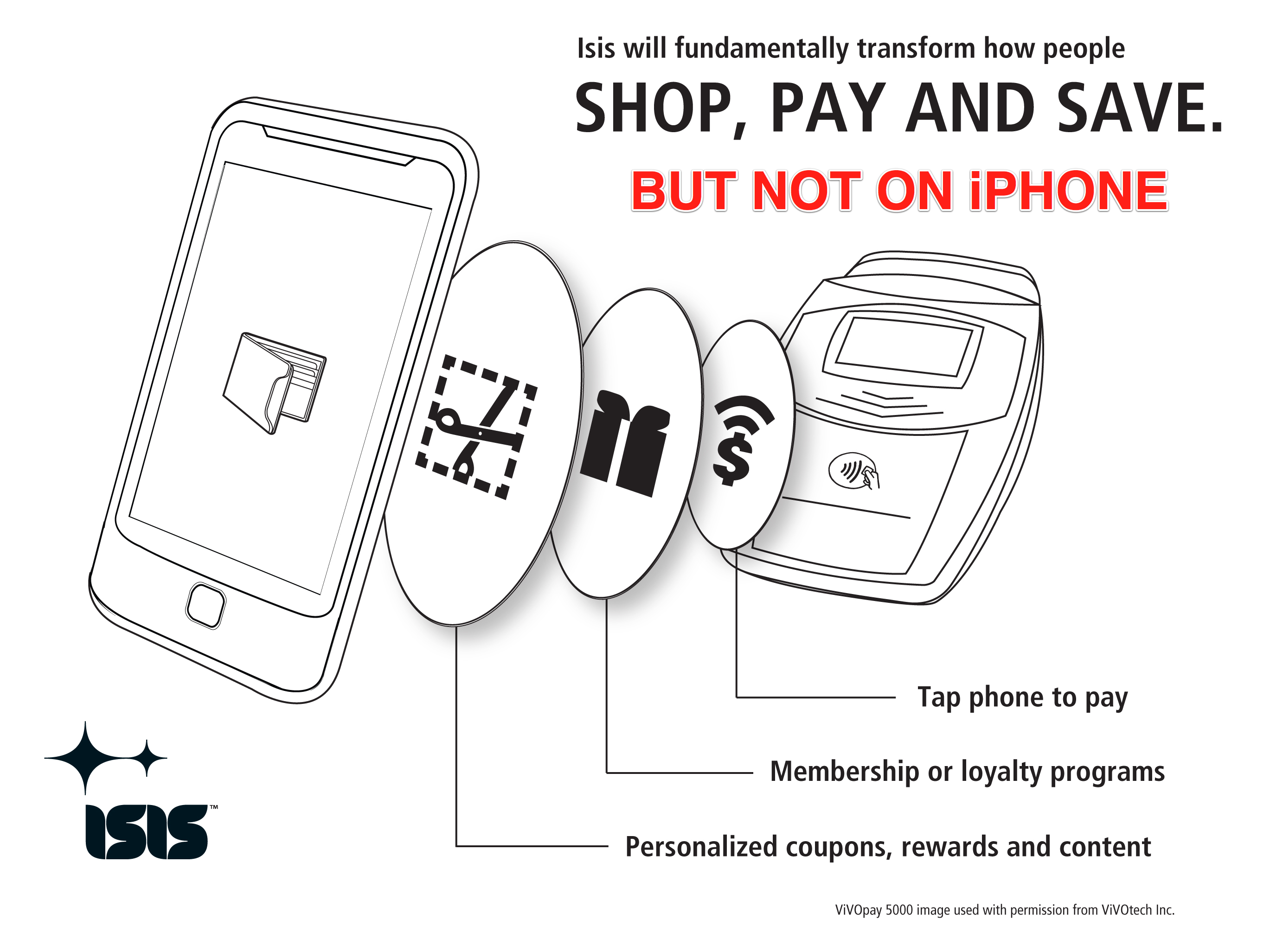While not entirely surprising, yesterday’s announcement of the new iPhone 4S did not include a mention of NFC (near field communication). Although many hoped for the inclusion of the short-range wireless technology which serves as the backbone for current and planned mobile wallet systems, Apple still has plenty of time to integrate NFC into future handsets. It’s possible that NFC will even arrive in the upcoming iPhone 5.
But will Apple’s decision to skip NFC in the iPhone 4S have an impact on today’s market? Not likely, say analysts.
NFC forecasts, to date, have varied. ABI Research estimates there will be 35 million handsets shipped this year, and double that will ship next year. IHS iSuppli forecasts nearly 550 million handsets by 2015. Meanwhile, Berg Insight AB expects there to be 400 million handsets by 2015. Whatever the true number may be, the consensus is that the technology is years out from consumer adoption. Apple can wait.
Although nothing Apple does goes without notice, ABI analyst John Devlin says he doesn’t believe the news will have an effect on current market conditions or trends. “Having Apple on-board would have been a great driver for NFC – even if only for competitive reasons,” Devlin tells us. “I don’t think it will negatively impact the market. [NFC] has been heating up, companies are now launching, and strategies are in place,” he says.
Charles Golvin, Principal Analyst at Forrester Research, agrees, noting that had Apple announced NFC, it would have jump-started the industry and accelerated competitors’ offerings, but the iPhone 4S’s lack of NFC is neither a death knell for the technology, or a statement about NFC’s long-term viability.
Apple’s skill is often in reinventing and polishing the end user experience, but it doesn’t necessarily have to be the first to launch a new technology itself. And in the case of NFC, the market just isn’t ready.
“Putting devices into customer’s hands is only one step towards adoption,” explains Golvin. There also need to be point-of-sale terminals that support NFC and customers have to be able to input all their credit card information into the mobile version of their wallet. “It doesn’t really fly until the mobile wallet is the same as your real wallet,” Golvin says.
Today, for example, only Citibank-branded MasterCards work in Google Wallet, and the carrier-led mobile wallet venture Isis has yet to launch.
Another factor influencing Apple’s delay with NFC, besides general market readiness that is, is Apple’s potential to be disruptive upon entering the competitive landscape. “Apple likes to own the ecosystem, but the incumbent payment networks are too entrenched,” says Devlin. “However, Apple is incredibly cash rich so the acquisition of a payments-related company would not be out of the question.”
“Similarly, in order to maximize NFC and the different user experiences that it could deliver,” he continues, “it would make sense to feature NFC in a range of products, such as the iPad, MacBooks, etc., and these upgrades are not yet ready.”
Meanwhile, other companies are now launching their own NFC-enabled payment systems. Google, as noted above, has Google Wallet. Isis, the joint venture between AT&T, T-Mobile and Verizon, recently announced support for its mobile wallet system from the majority of leading device makers, including HTC, LG, Motorola, RIM, Samsung and Sony Ericsson. NFC is progressing in other areas, too, such as Windows 8 tablets – something Apple is likely watching closely.
ABI says it’s not changing its position on NFC forecasts due to the iPhone 4S. It still expects 80 million NFC handsets in 2012, and believes Apple will enter a more developed ecosystem in a year or two’s time.
Forrester doesn’t have a specific handset forecast, but Golvin says that by year-end 2012 to mid-2013, the technology will be much more ubiquitous. By that point, says Golvin, “it will be difficult to find a smartphone that doesn’t include NFC functionality.”
Maybe the NFC-enabled 4G iPhone 5 will be there, too.

